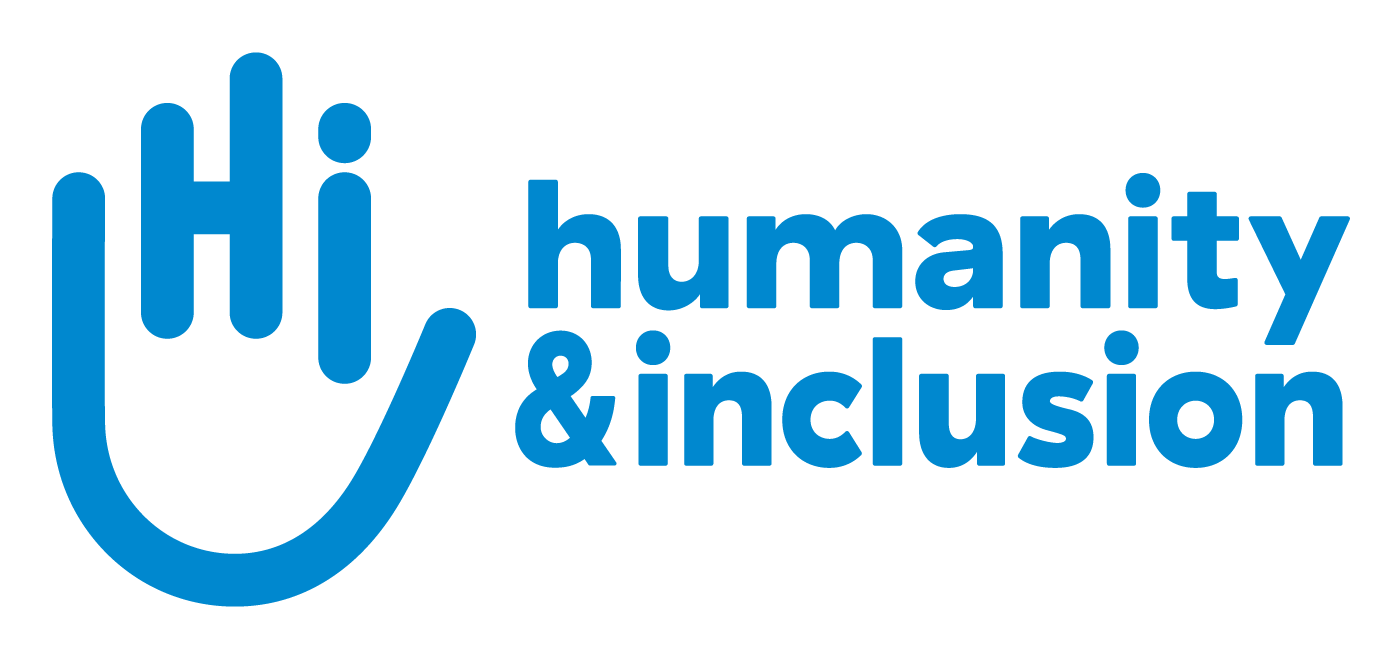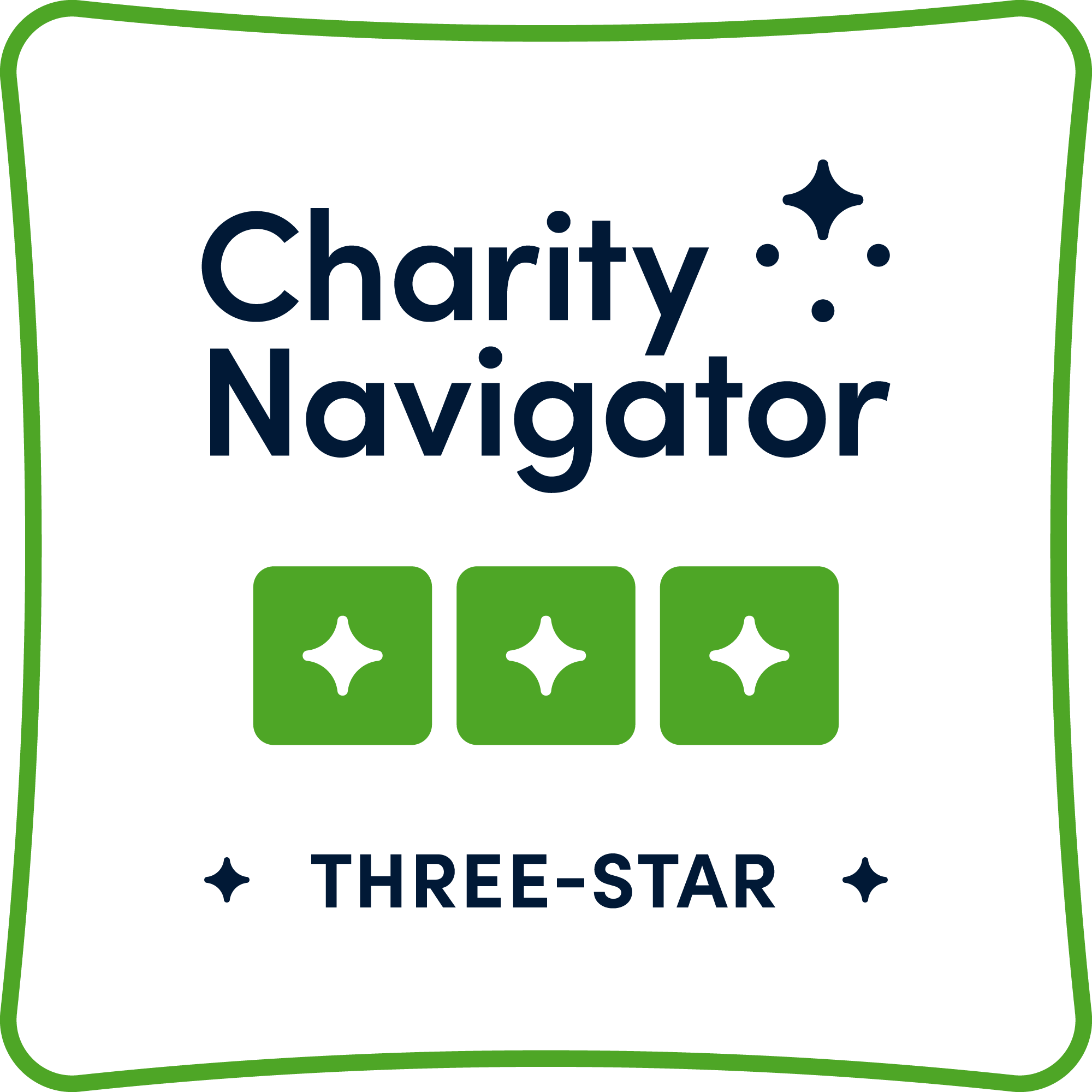Laos
More than 50 years after the first U.S. bombings during the war in Vietnam, Laos remains one of the countries most heavily contaminated by cluster munitions on the planet. This has had dramatic consequences: since 1964, more than 50,000 people have been killed or injured by these devices.

Clearance operations in Houaphan Province in the north of the country. - Humanity & Inclusion Laos | © N. Lozano Juez / HI
Our actions
Humanity & Inclusion is working to reduce the threat posed by cluster munitions and all explosive remnants of war in Laos.
HI teams of mine clearance experts work alongside villagers affected by the presence of these weapons. They clear the land, destroy the devices and raise local people’s awareness of the dangers they pose.
At the same time, the organization is running development projects to reduce the risk of disability and improve the social inclusion of people with disabilities. The focus is also on preventing disability in children under 5 years old. HI promotes the detection of disability, runs disability awareness activities and organizes infant stimulation sessions. HI also aims to reduce the incidence of HIV/AIDS and diseases such as malaria among women, children and teenagers.
In several provinces, HI also aims to improve access to education and develop reading schools for children, focusing on children who do not speak the Lao language and children with disabilities.
Finally, HI works to improve the care provided to people requiring rehabilitation. The organization collaborates with public bodies in developing the country’s rehabilitation sector and provides training for professionals working in this field.
Areas of intervention
Latest stories

In Laos, HI is accompanying 200 children with autism on the road to education
HI is supporting the inclusion of children with developmental disabilities, including autism, in the provinces of Champasak and Houaphan.

"The impact of contamination is enormous on communities”
Clearance in Laos: Souvan was initially a deminer. He is now the base coordinator for the HI clearance team.

Cleared land for Laotian people
Vannaly is 25 years old. She is a member of the HI Laos demining team and tells us about her experience.
a life
Background

For more than 50 years, Laos has been living with the daily threat of cluster munitions, which is hindering the development of the country. Laos is considered to be one of the poorest countries on the planet.
The People’s Democratic Republic of Laos has one of the highest levels of contamination from explosive remnants of war. Out of the 17 provinces in Laos, 15 are contaminated by some 80 million unexploded devices, for the most part cluster munitions dropped 55 years ago by the United States during the Vietnam War. They still strike terror into the hearts of the country’s citizens, killing and maiming indiscriminately. Since 1964, more than 50,000 people have been killed or injured by an accident caused by explosive remnants of war, almost half of them in peace time. Despite a fall in the number of victims over the past five years, there are still new casualties every year.
Laos is facing significant challenges, in particular the need to reduce the country’s high level of malnutrition. Access to health facilities in rural areas remains very limited and health workers lack both skills and training.
Number of HI staff members: 112
Date the program opened: 1983
Reports
The latest publications
> Cluster Bombs Factsheet (pdf, 2.02 MB)> Rehabilitation Matters: The appeal made by people in conflict-affected areas (pdf, 1.64 MB)
More > News















